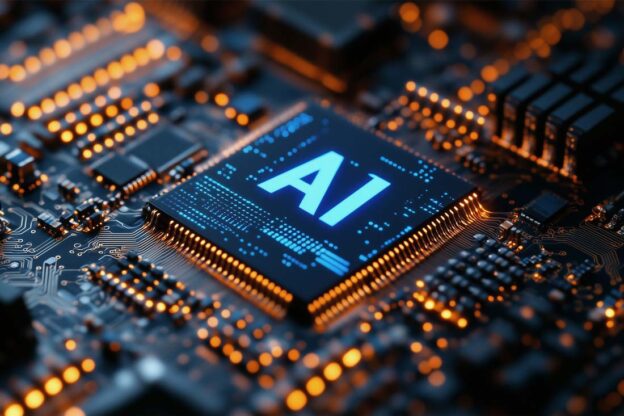Google’s new chip, Willow, has achieved the exponential suppression of errors. The advance is substantial, but Willow remains far from delivering on any practical applications
Quantum computers are a little like librarians: both abhor noise.
Compared with their classical counterparts, quantum computers are finicky and need a serene environment to perform their calculations in peace. But even the quietest space in the universe reverberates with quantum noise—the inevitable movement of electrons and other atomic effects. If physicists could quell quantum errors caused by noise on a large enough quantum computer, they could perform some computations, such as exact simulations of molecules, that are intractable for classical computers.
While improvements to hardware help, an essential ingredient is quantum error correction (QEC), a set of techniques to protect the information from this quantum din. “We need our qubits to be almost perfect, and we can’t get there with engineering alone,” says Michael Newman, a quantum computing researcher at Google.
On Monday Google published its latest research on error correction in the journal Nature and showed, for the first time, that errors can be suppressed exponentially as a quantum computer increases in size. “As you make a bigger and bigger system, you get better at correcting errors, but you’re also causing more errors,” says Daniel Gottesman, a quantum information theorist at the University of Maryland, who was not involved with the study. “When you pass this transition, where you can correct errors faster than they’re caused, is when making bigger and bigger systems makes it better.”
Researchers at Google created a silicon chip with 105 qubits, quantum counterparts to classical bits. Then they linked up multiple physical qubits to form a conglomerate called a logical qubit. The logical qubit lasted more than twice as long as any individual qubit it was composed of, and it had a one-in-1,000 chance of error per cycle of computation. (For comparison, the rate of error in a typical classical computer is about one in 1,000,000,000,000,000,000—essentially zero.)
The results were first posted on the preprint server arXiv.org in August, but today Google shared additional details about the technology that enabled the advance: a new quantum processor called Willow (an upgrade to its arboreally named predecessor, Sycamore). “Really good qubits are the thing that enables quantum error correction,” says Julian Kelly, director of quantum hardware at Google and a co-author on the new paper.
https://www.scientificamerican.com/article/google-makes-a-major-quantum-computing-breakthrough/





